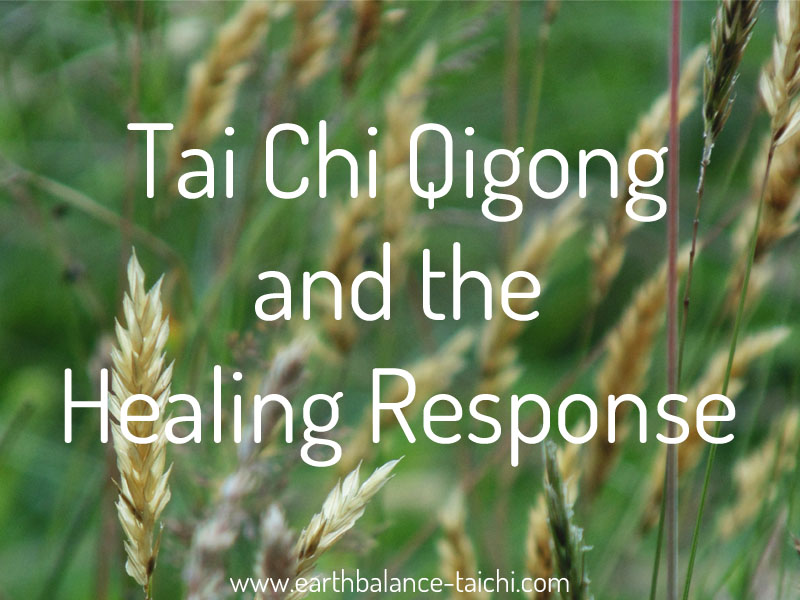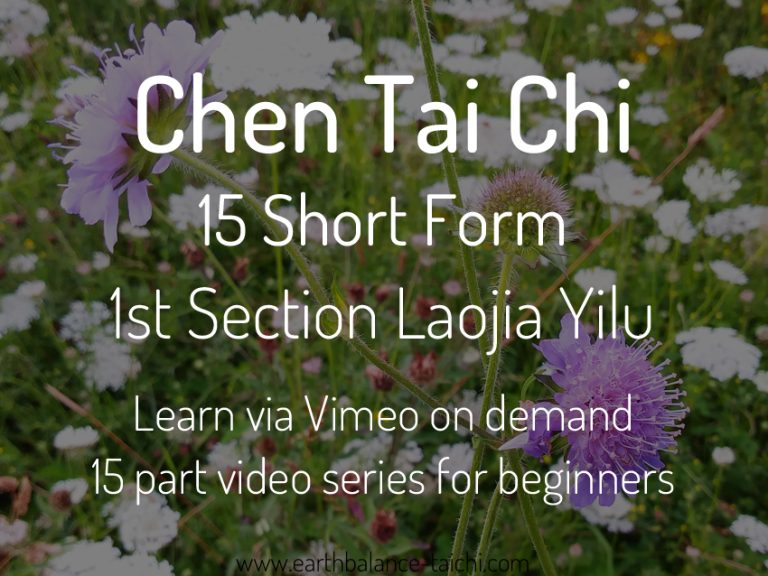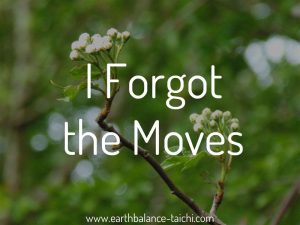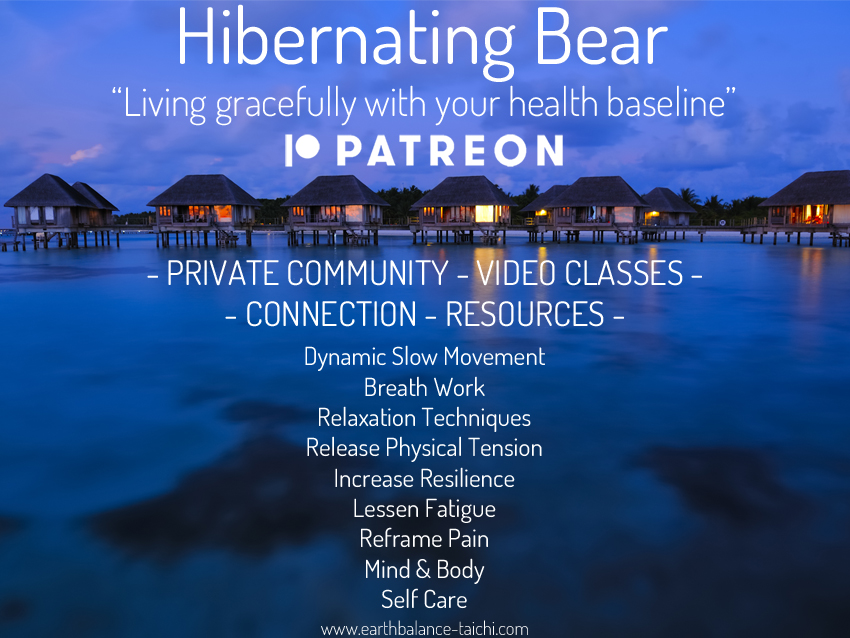Tai Chi Hurt My Knees

Tai Chi Hurt My Knees
There are many barriers to starting something new, whether a hobby, new job or leisure activity. We are our worst enemy sometimes and our minds will throw up all sorts of reasons why not to do something. When we start something new, our minds will also try and dissuade us from continuing. It is hard to step out of our normal groove, to create a new habit and to change.
With Tai Chi and Qigong, these movement practices attract people who may not have exercised for a very long time, or they may be returning from an injury. They come to class to start moving again, as a gentle road back to mobility. What they do not expect is for their body to grumble. Think of areas in the body that have become stagnant without movement, that suddenly have fresh blood flow, muscular contraction, connective tissue lengthening, draining of the toxins through the lymph fluid etc. The body is going to react strongly, like waking up a bear from hibernation.
The body reacts by going through a healing response. This is a process of the body waking up, where the new movements and activity require adjustment and re-wiring. The reaction can be similar to having a deep tissue massage or physiotherapy treatment, where you feel a little bit beaten up, emotional, tired and sore for a few days afterwards. The body may also bring up old injuries from the past, that start to flare or become aggravated. The body can also feel pain and discomfort during new exercise. It is common to feel worse when starting a new exercise programme like Tai Chi and Qigong, than better. The healing process is a barrier that can be worked through.
As a new beginner, you are working to adjust your posture as you stand and move. It is incredibly difficult to teach the body how to re-align into a better posture through muscle memory, as it takes repeated and frequent effort over a long time. As a student you will frequently move out of alignment and back to old habits, repeat x 1000. It is a constant process of body observation, awareness and sensitivity, guided by your instructor.
When you move out of alignment, the weight of your body will become stuck in four key places; the shoulders, lower back, hips and knees. This is the root of the majority of pain and discomfort experienced by beginner Tai Chi and Qigong students, as the weight of the body is not supposed to be held in these areas. The weight should be transferred to the ground below through the body.
During the healing response stage, some students leave Tai Chi and Qigong with a bad impression of the practices. I have heard the phrase “Tai Chi hurt my knees” or “Qigong damaged my back”. None of which are technically true. It is important to stress that Tai Chi and Qigong do not cause pain. Yet this healing response causes a barrier to learning, to continuing and to changing.
Pain and discomfort are caused when you:
- Move out of alignment, putting stress on the joints.
- Move outside of your physical or health baseline.
As an instructor, I work hard to manage my student’s expectations when they are starting out. It is really important to explain to students what is going to happen to their bodies, what to expect, and to share the difference between good pain and bad pain. My article on ‘pain instructs’ goes into this in detail. Your instructor can demonstrate correct alignment and how to work towards that. The rest of the work is down to the student.
Tai Chi and Qigong are not a quick fix. It takes time, effort, focus and a willingness to change. Many do not expect to go through a physical adjustment period and many think it will be easy. Many do not expect discomfort or resistance, especially when moving slowly and gracefully. Many try to progress too fast for their physical condition, no matter how much the instructor slows them down and affirms the ‘work to 70%’ approach.
In my experience the healing response on average takes 6-10 weeks for a student to work through. It depends on how often the student practices and their physical condition. With many years of ingrained poor posture and sedentary habits, it can take a long time for the body to respond. To elasticize, soften and strengthen the body takes time.
So for new beginner students, my suggestion is to give it a minimum of 3 months of training to see how your mind and body respond to the movements. Tai Chi and Qigong are life long arts, the clue is right there. Give the arts your time and your body will respond gratefully.
** This article focuses on new pain when starting Tai Chi and Qigong training, or a flare of old pain from previous injuries. It does not relate to those who live with chronic pain and come to class already in pain. Please speak with your doctor prior to starting a new exercise or meditation programme. This article is for information purposes only and must not be taken as medical advice.**














